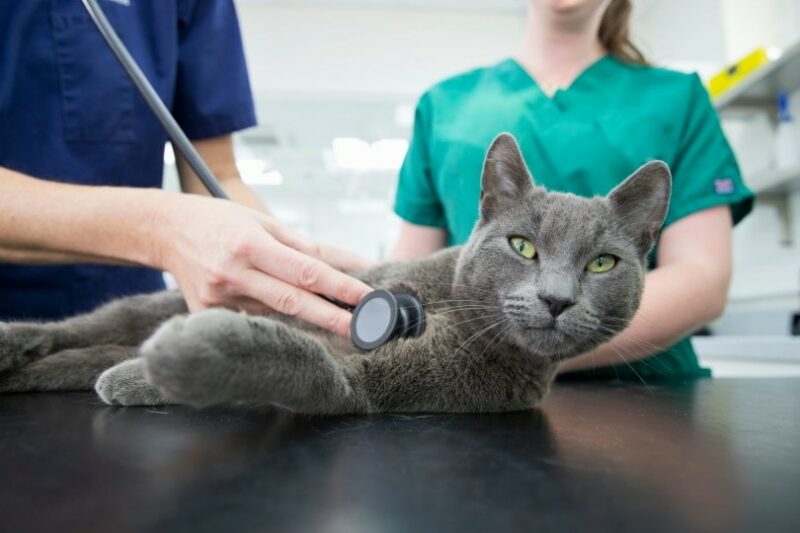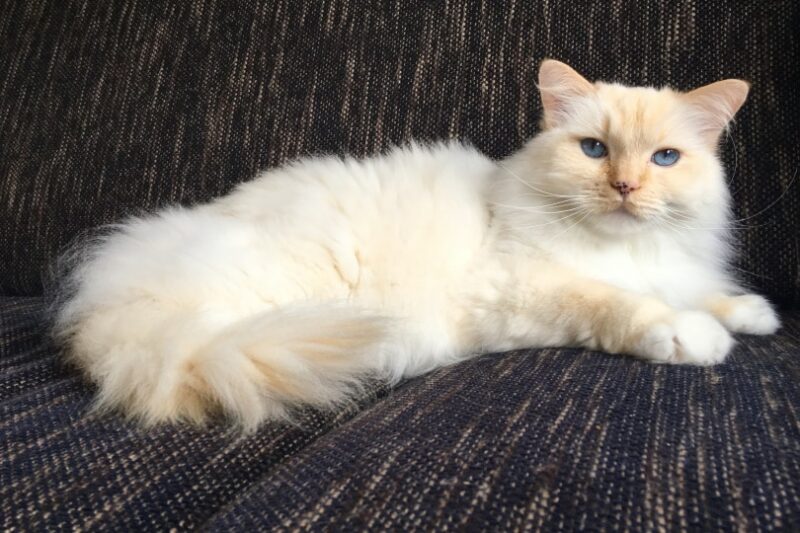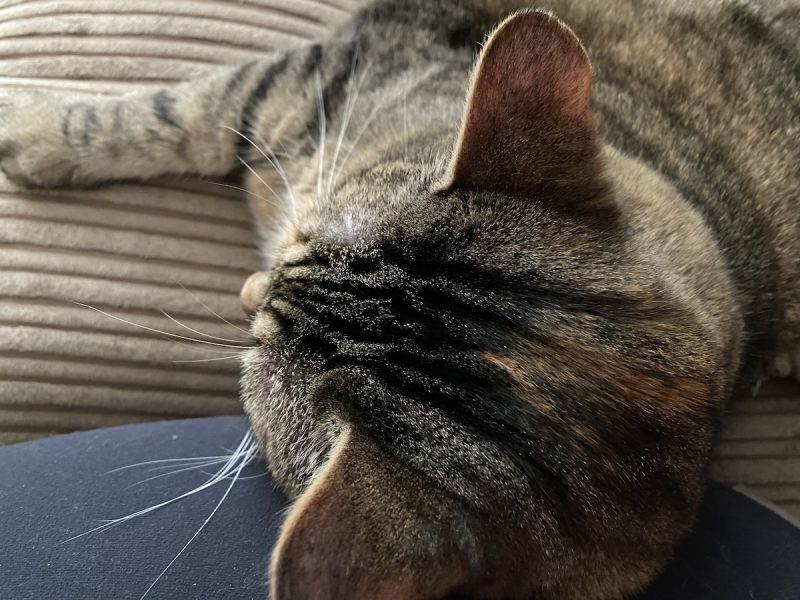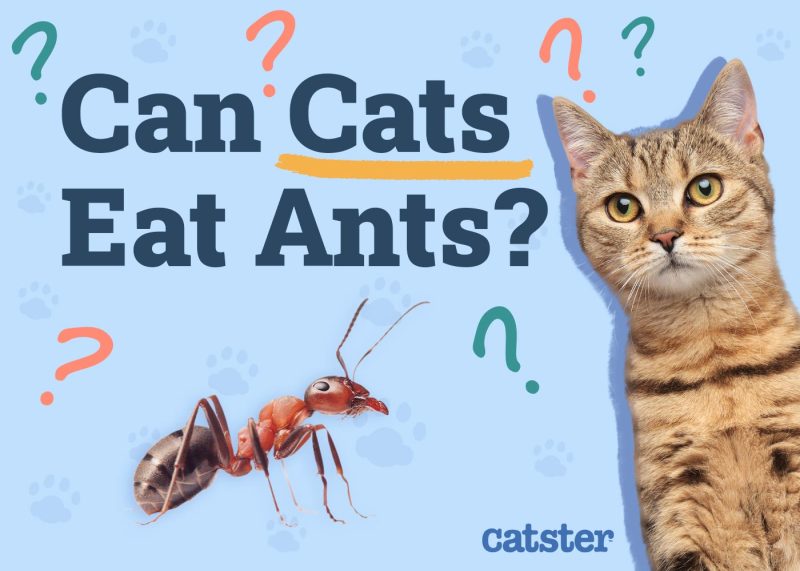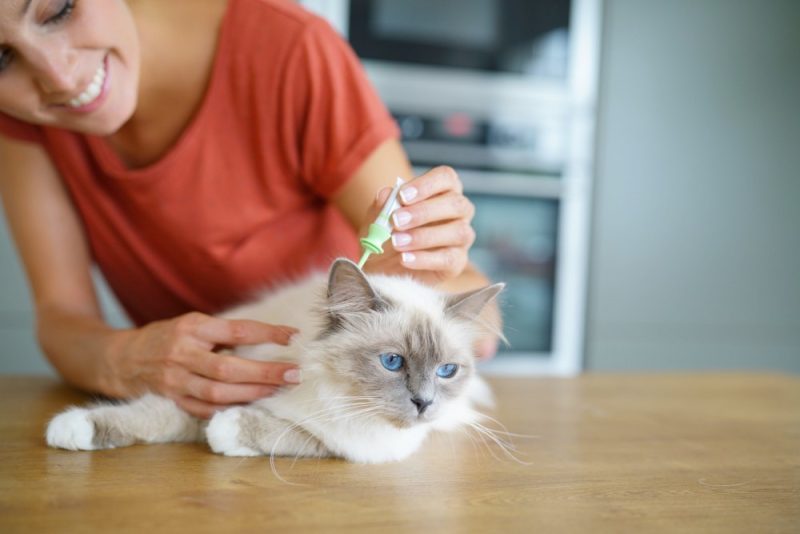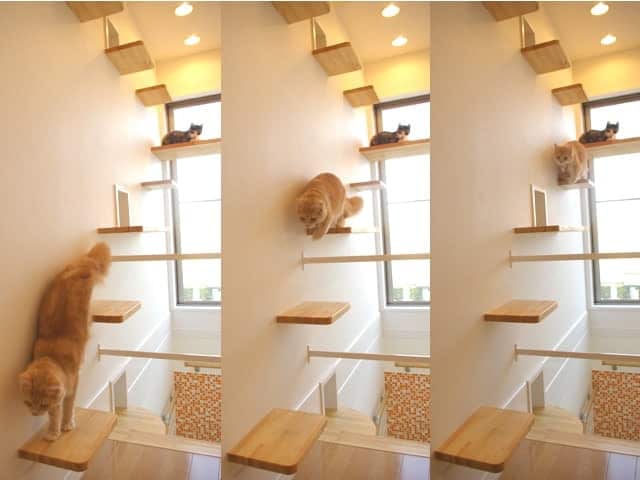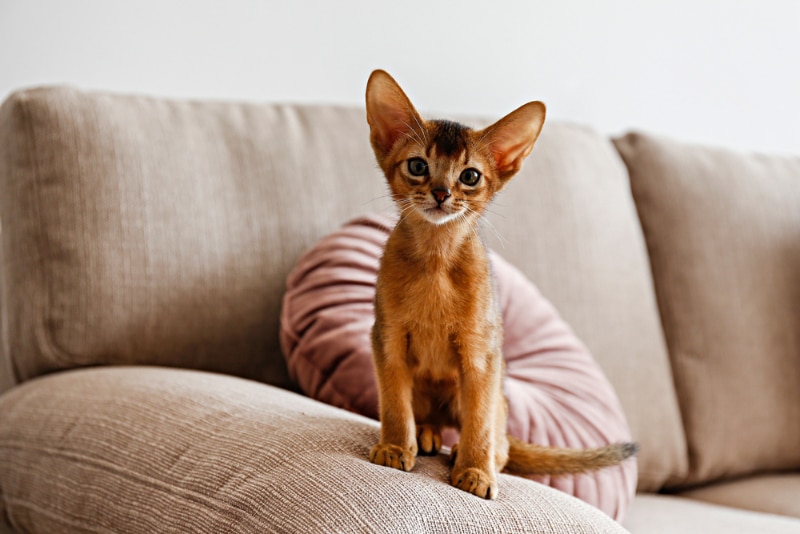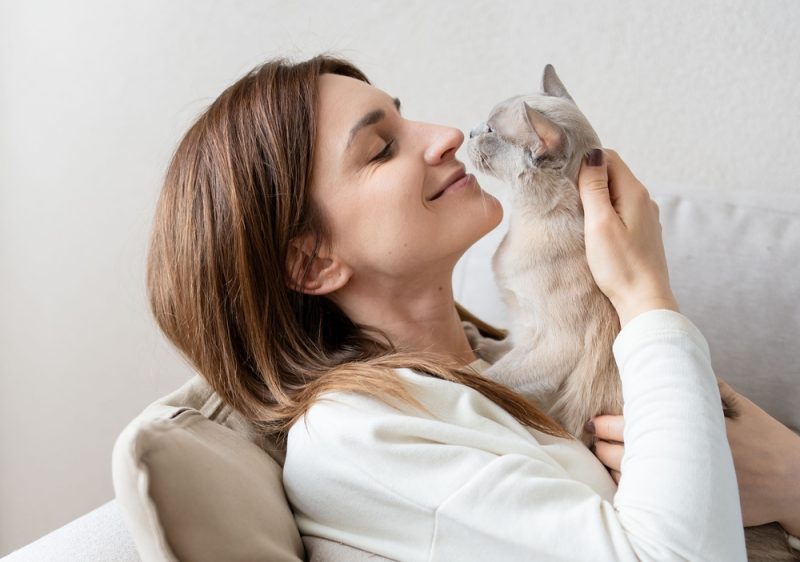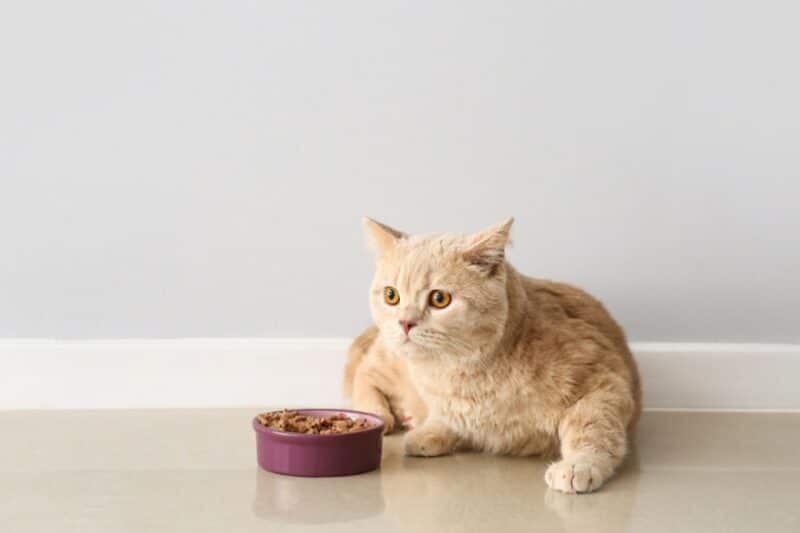As a pet parent of a beloved cat, you want the cat to be happy, healthy, and well-fed. You do everything in your power, from taking the cat to the vet for checkups to buying only the best high-quality, protein-filled food, but sickness and accidents will still happen.
One thing you can do to help protect your feline’s health and happiness is to check your cat’s heart rate and know what your cat’s normal heart rate should be.
How to Check Your Cat’s Heart Rate
First, gauging your cat’s general health by checking their heart rate is not a replacement for taking them to the vet. You should still take your cat for regular checkups; a vet is an expert on your cat’s health and will catch things you miss. However, the faster you realize there’s something wrong with your cat, the quicker you can get them to a vet to address the issue, so knowing how to check your cat’s heart rate is useful.
Checking a cat’s heart rate isn’t a complicated task, but it might take several attempts for success.
- Gently place a finger on your cat’s left chest at the point where their left elbow meets the body. This spot is known as the point of maximal impulse (PMI) and is one of the best locations to appreciate a pulse. If your cat is in a healthy weight range and you can feel their ribs, you can gently count the ribs to find your way to the heart. Cats have 13 pairs of ribs. Begin by feeling the last rib and work your way up towards ribs 7, 6, 5, and 4. You should be able to detect the pulse with your finger in this area.
- Gently place a finger on your cat’s inner thigh. You may have to gently maneuver your finger through your cat’s fur until you feel contact with their skin. You may be able to feel a gentle thumping with your finger in this area. Specifically, this is where the femoral artery is located, which is the artery you would be feeling for a pulse. It may take some time and practice to determine how much pressure you need to apply before you can pick up a pulse. Start off by placing your finger as lightly as possible and gently increase the pressure until you feel a rhythmic, thumping sensation.
- A third way to determine a pulse is by gently placing your finger on your cat’s lower neck to feel for a jugular pulse from your cat’s jugular artery. Again, use gentle pressure while attempting.
Once you locate your cat’s heartbeat, you must count the beats that you feel. Use a watch, clock, or stopwatch to help you count the heartbeats for either a minute (60 seconds) or however long your cat cooperates. If your cat cooperates for a minute, the number would be their beats per minute (BPM). If your cat stopped cooperating before the minute finished, multiply the number you recorded with an appropriate factor to determine their beats per minute. For example, if your cat cooperated for 15 seconds, multiply the number by 4. Likewise, if your cat cooperated for 30 seconds, multiply the number by 2.
You might encounter some challenges when it comes to taking your furry friend’s pulse.
- Your cat may refuse to sit still long enough for you to appreciate their pulse
- If your cat is overweight or obese, feeling for a pulse is much more difficult
- If your cat begins to purr loudly during the process, it may be difficult to focus on their heartbeat
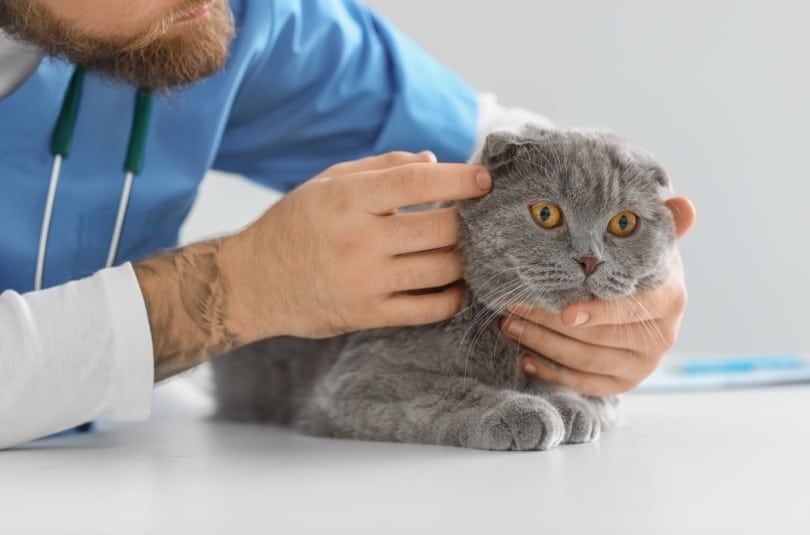
What Is a Normal Heart Rate for a Cat?
So, now you know how to check your cat’s heart rate, but that’s not really helpful unless you know what your cat’s heart rate should be. The normal heart rate for a healthy adult cat at rest is around 120–160 beats per minute. It’s important to note that this is the normal heart rate for a cat at rest; a cat that is stressed, anxious, or running around will have a faster heart rate. In addition, the heart rate of a kitten is much higher than that of an adult cat.
You should record your cat’s heart rate on a daily basis and take note of the time you took the reading and the site from where you took the reading (inner thigh, base of neck, or chest). It is best to take the readings at around the same time each day.
- You feel that your cat’s pulse feels exceptionally strong or weak
- Your cat’s pulse seems to be fluctuating and isn’t the same as it was on previous measurements.
- You have other concerns about your cat’s health and aren’t sure if they have a cardiac issue

Final Thoughts
Your cat is a beloved family member, and you treat it like one of your children. Knowing how to check your cat’s heart rate and what the normal heart rate for your feline is can help you determine if your pet is unwell. If you feel that your cat’s heart rate is too low or too high, it’s best to get the cat to a vet right away for diagnosis and treatment.
Even knowing how to check your cat’s heart rate is no substitute for a vet’s diagnosis, as there could be an underlying problem that needs to be addressed. For the safety and health of your feline, take your kitty to the vet every 6 months for checkups. A healthy, happy cat will love you and be loyal for many years.
Featured Image Credit: Juice Flair, Shutterstock
